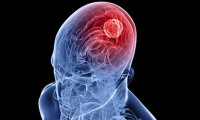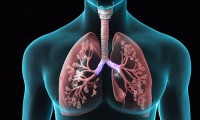-
If You Don’t Have This Gene, You May Recover Better from a Stroke
- Source: https://www.livescience.com/64837-ccr5-absent-stroke-recovery.html
- 602
- March 15, 2019
-
New Stroke Imaging Technology could Help Treat Brain Damage Complications Early
- Source: The Verdict
- 1,183
- July 28, 2018
-
Sensome Raised $5.4 Million to Outfit Ischemic Stroke Treatment
- Source: MobiHealthNews
- 822
- June 12, 2018
-
Blood Type Could Affect Possibility Stroke
- Source: medicalxpress
- 745
- June 8, 2018
-
Discovery of anti-stroke compound
- Source: Ddu
- 927
- May 18, 2018
-
Device able to quickly and accurately detect stroke
- Source: Health Data Management
- 1,073
- April 3, 2018
-
‘Explosive evolution’ of techniques to restore blood flow to the brain
- Source: Science Daily
- 921
- January 24, 2018
-
Early periods, menopause linked to heart disease
- Source: msn
- 814
- January 17, 2018
-
Starting new COPD inhaler tied to heart attack risk
- Source: Reuters
- 693
- January 3, 2018
your submission has already been received.
OK
Subscribe
Please enter a valid Email address!
Submit
The most relevant industry news & insight will be sent to you every two weeks.













